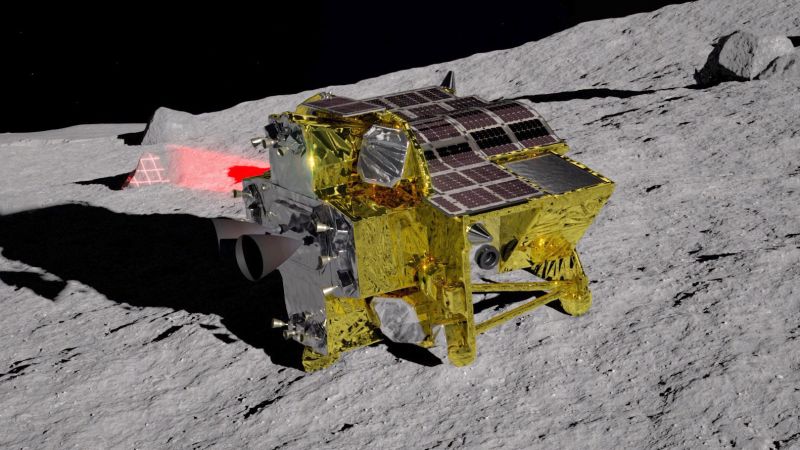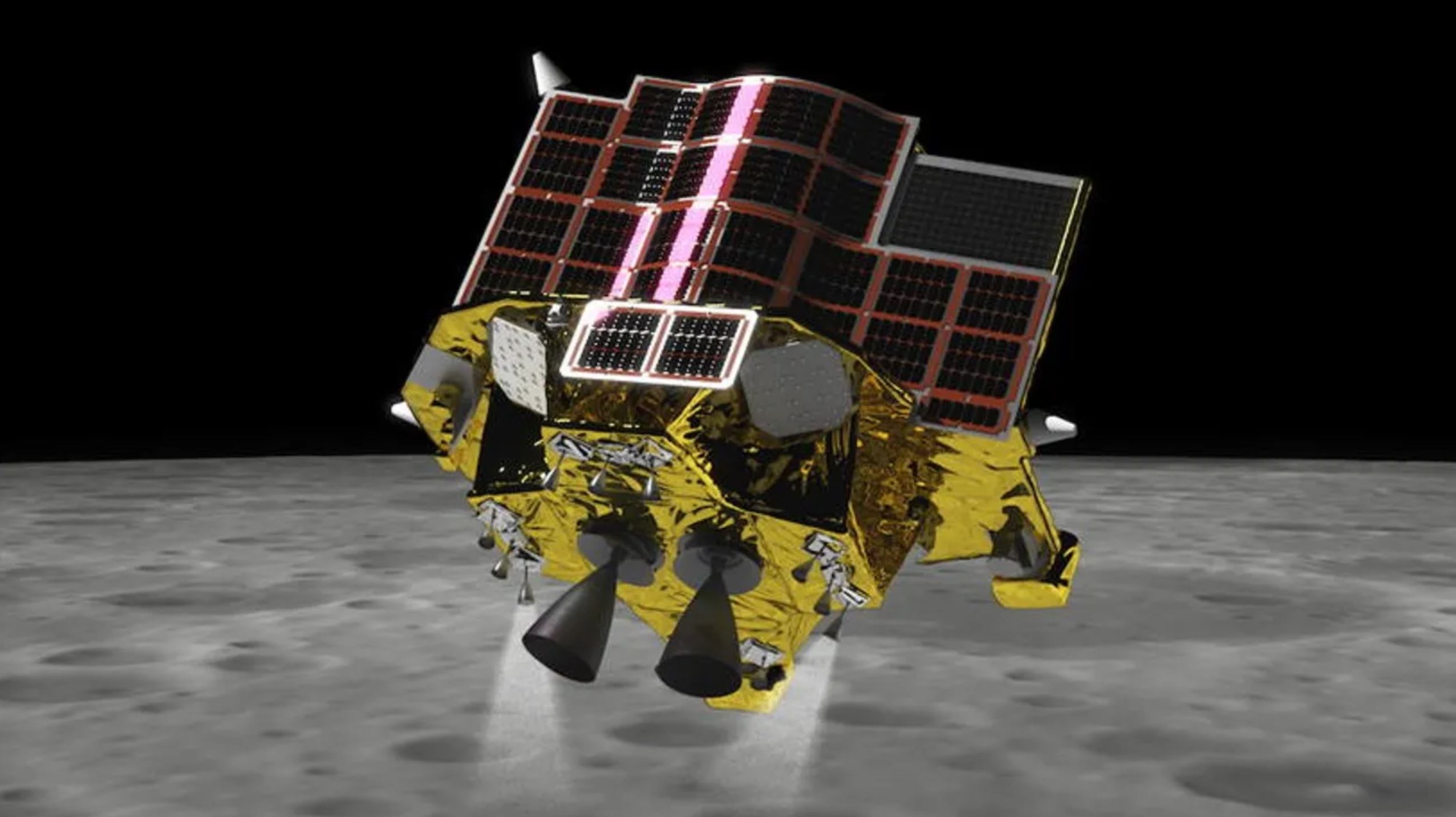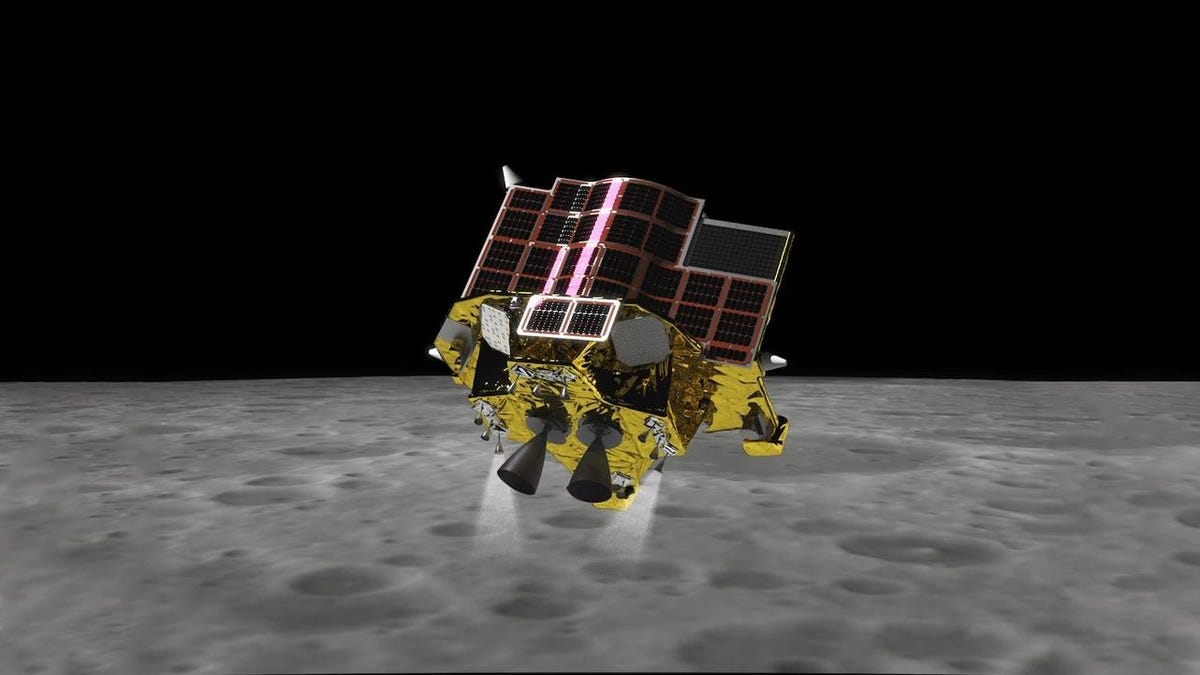
Japan's space agency, JAXA, is preparing for a historic moon landing attempt with its Smart Lander for Investigating Moon (SLIM) on Friday morning. The SLIM will target a specific site near Shioli Crater within the Sea of Nectar plain that scientists suspect was formed by ancient volcanic activity. If successful, this would be Japan's first time putting a robotic explorer on the moon and make it the third country to achieve such a feat in the 21st century. The SLIM is about the size of a small car and was launched in September 2023 with an autonomous descent that will aid its landing attempt.

